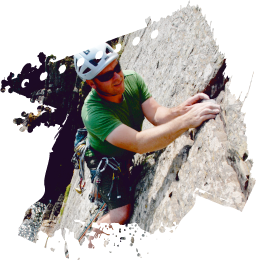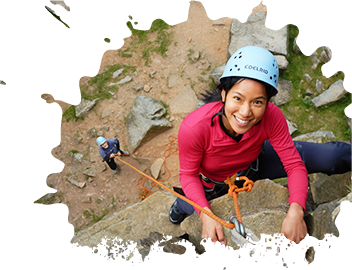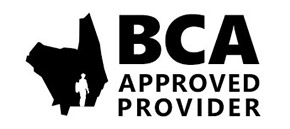Scrambling is a strangely British pursuit – it occupies the middle ground between walking and climbing. In other countries it is simply called mountaineering. It involves moving over slightly technical mountain terrain in airy positions, often when you’ll need to use your hands.
On easier scrambles (such as the classic grade 1 ridges of Crib Goch or Sharp Edge) only the most nervous scrambler would need rope. But if you get a taste for it then you’ll soon need to know your bowline from your belay. And you’ll need to know how to use your rope to help get out of situations if things go pear shaped.







